Oliver Kuhn, Deputy Head of the oil laboratory at LIQUI MOLY’s Saarlouis plant answers our questions on the specialist development of dedicated lubrication oils for marine engines and why using the specified type of oil is important to preserve the life of boat powerplants
How is a dedicated motor oil of any kind developed?
The oil industry itself does not develop engine lubricants. The base development of engine oils is undertaken between the additives industry – companies such as LIQUI MOLY who buy in base oil and adapt it – and the manufacturers of engines. The manufacturer has a lot of requirements that are specific to the intended applications for the engine.
What are the key differentiators for marine engine application?
For the marine sector the biggest issue is water, given a boat is normally sitting in a wet environment. On the coast and offshore that also means salt water, with its corrosive impacts. So, the biggest difference between an engine oil for trucks compared to a marine engine is the corrosion protection.
To deal with that you put specific ingredients into the oil’s additive package to protect all the components such as the pistons and the bearings from salt water. It’s less of an issue if the boat is operating on fresh water but in coastal environments you need a significant amount of corrosion protection engineered into the oil. Particularly for two-stroke applications. That makes the composition very different from lubricating oils intended for road use.
At LIQUI MOLY we help to make that distinction clear by giving our marine range distinctive packaging that is different from the containers we use in other sectors.
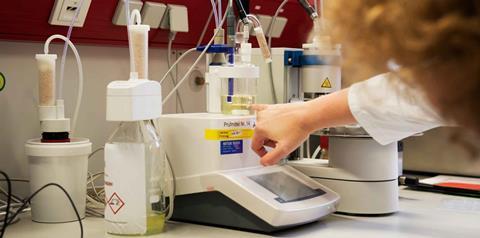
How is an engine lubrication oil made up and what are the differences for marine?
Engine oil consists of several components. Around 70-80% is the base oil. The balance is an additive package of anywhere between 20-50 different ingredients. The main ingredient is cleaning protection which acts like a dishwasher for the oil. It is the most important aspect of the oil and chemically it is almost the same between automotive and boat oils, but the dosage is higher for marine use. It deals with combustion residues, ashes, water and other things and is there to prevent the formation of thicker residues and sludges. Water is present not only from the combustion process but from condensation caused by high humidity and temperature changes. The oil must be able to keep that in suspension so that it does not become corrosive to the components.
You need a different ingredient to change the viscosity of an oil, the requirements for which also vary between automotive and boats due to running temperatures. Then we also add specific chemicals to deal with corrosion protection. They form a layer on the surface to protect against salt water, and acids caused by corrosion. Alongside that you have wear protection and that also needs to establish a layer to reduce friction. Corrosion and wear protection both need to coat the same surfaces, so we must balance the potential conflict between them, but chemicals today can do that.
The quality of fuel is another issue. Diesel supplied for passenger cars these days is very clean. For boats the quality in Europe is also okay, but boat diesel in some parts of the world still has a high sulphur content, which the cleaning agents need to deal with. We have a base number of cleaning additive needed to deal with sulphur which for passenger cars is less than 10 and as low as six. It is 10-12 for boats in the leisure sector, so almost doubled.
All these factors are good reasons why you should choose a dedicated marine lubrication oil for your boat.
What else should I know about marine engine oil?
It is important to change the oil according to manufacturer’s recommendations. The oil has a certain amount of reserve capacity and can absorb water to form up to 1-2% of its volume, but after that any residual water may separate and then cause damage.
Water absorption happens not just during combustion but also when the engine is off when the oil will be exposed to moisture in the wet atmosphere and temperature swings between night and day. After 250 hours or so a standard marine engine oil normally has 500-600ppm of water and should not go higher than 1000ppm. However, if it saturates to 5000ppm or even 10,000 ppm, that would be bad.
How do you develop new oil formulations?
We have 380 people working in LIQUI MOLY’s production plant, of which 30 of us are employed on R&D, analysis and quality control. We work closely with the engine manufacturers to see that their future requirements will be, and they give us monthly updates in terms of new specifications. That is how we always try to be in front of developments, to get the new formulations that are needed in our markets.
We are also in touch with our customers. If they see there is a new boat on the market requiring something different, then we try to find a solution for that. So, we are always trying to be absolutely in front of this development. We have been working on catalyst compatible oil formulations for the NMMA but the marine sector is relatively slow paced in terms of development needs compared to automotive and trucks, particularly in Asian and US markets.
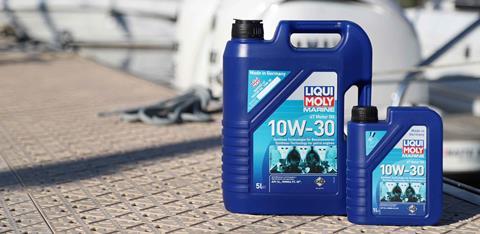
How will the drive towards net zero affect marine engine lubricants?
Biofuels will not pose a problem for us. The good thing about HVO is it’s very comparable to diesel. It burns almost the same way and is much cleaner than diesel. Ethanol is much more difficult because it creates water and acids in the combustion process. In Brazil they are now powering cars with E85 (85% ethanol 15% gasoline). That is very high in acid, so engine oils need a very specific corrosion prevention formulation to deal with that.
As to whether the lubricant oil itself will move from a ground sourced base to vegetable or other sources, that is difficult at present. The process to create an e-oil would be like e-fuel but in a production chain two or even three times longer. Refinery processes however are improving all the time to produce higher quality oils.
It is also possible to produce high quality lubricating oil from recycled waste oils, but market acceptance has been poor so far, due to history. Re-refined oils from 30 years ago were very dark, bad smelling fluids with very poor qualities and that gave these products a bad reputation. Today, re-refined oils almost look like a glass of water – odourless and high quality. It remains to be seen if this new kind of re-refined oil will gain any market share in the future.
Further information
LIQUI MOLY’s website features an impressively detailed marine lubricant product application app featuring engines and gearboxes produced over many years from more than 80 manufacturers. You select the make and model of engine in drop-down menus and are then provided with details of matching LIQUI MOLY lubricants and other service items such as coolant.




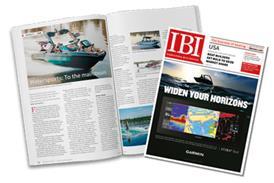


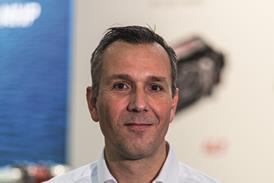
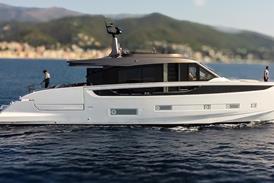

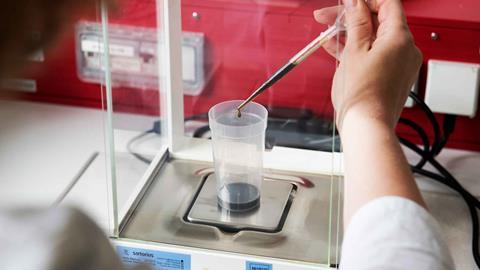
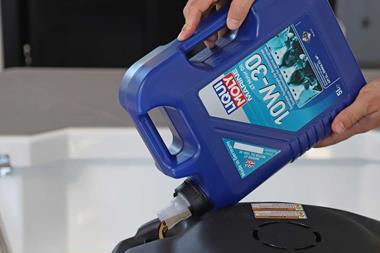

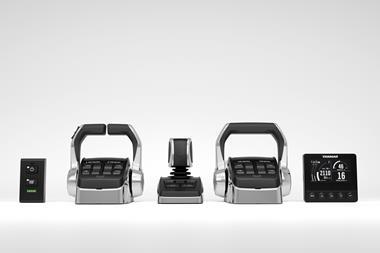
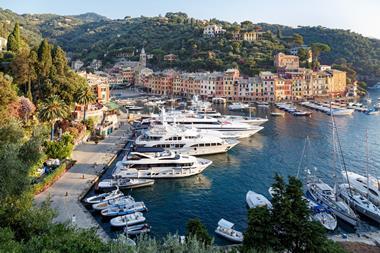

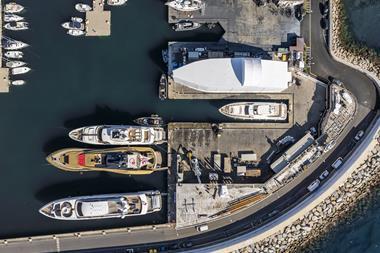
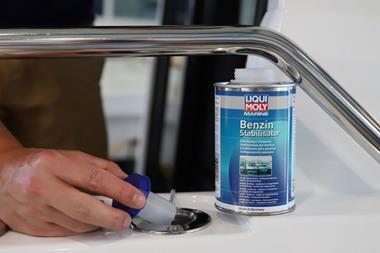
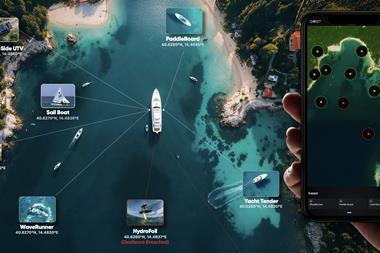
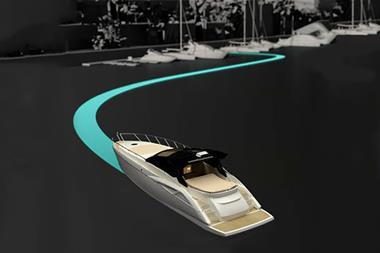



 LinkedIn
LinkedIn X / Twitter
X / Twitter Facebook
Facebook Email us
Email us




